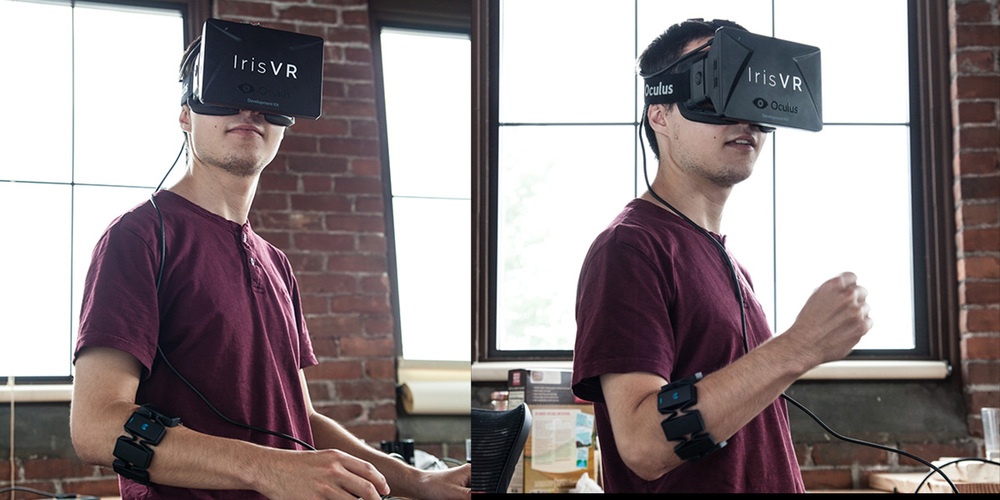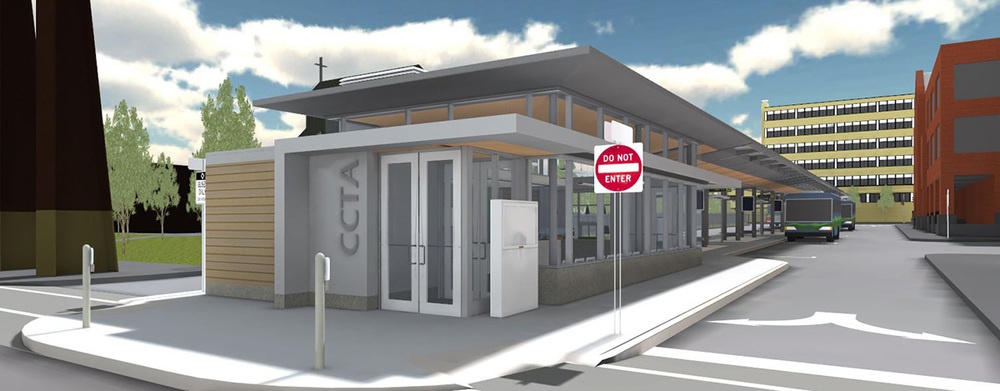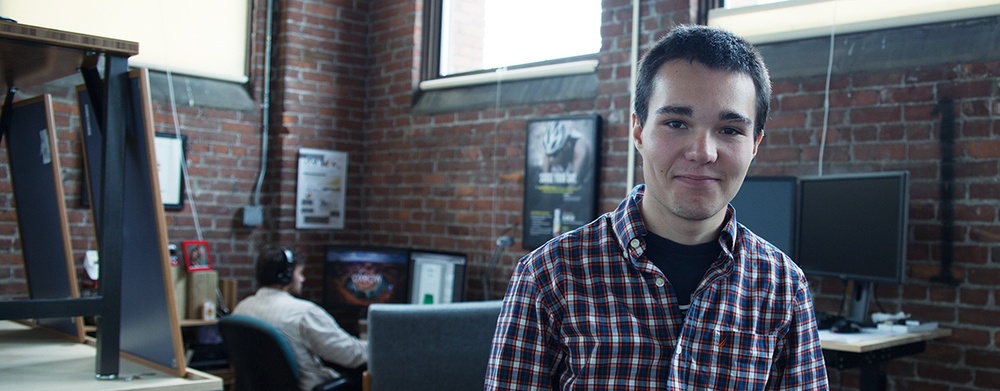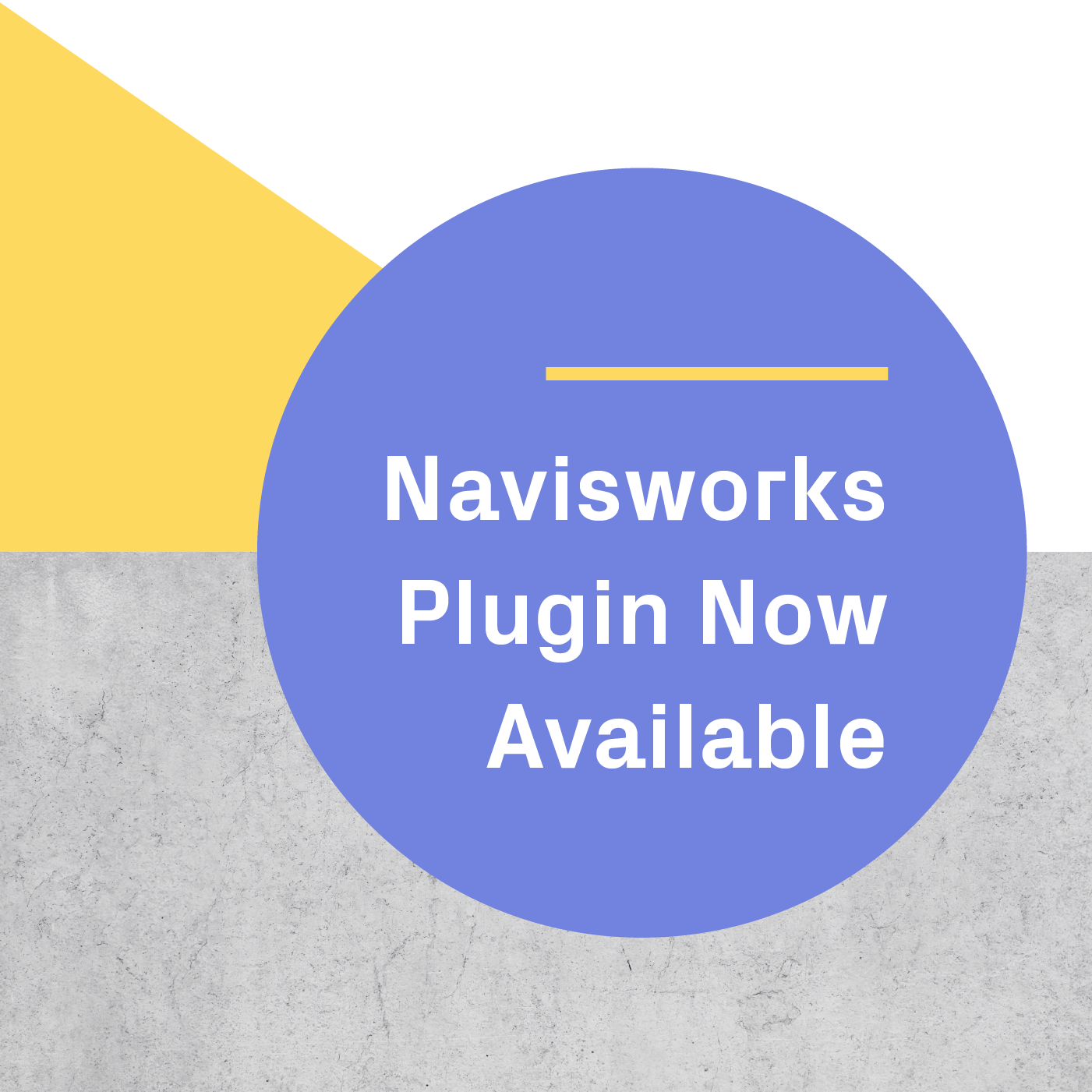Update: you can learn about our latest version of Prospect here or start a free trial here.
Jack Donovan
Recent Posts
IrisVR and HTC Vive Integration: Natural Movement and Interaction
Update: Prospect is fully compatible with the HTC Vive. You can start a free trial today.
Update: Prospect is fully compatible with the HTC Vive. Check out our documentation to learn more.
The Oculus Rift engages your head, but what engages your body? The trouble with such an immersive VR headset is that conventional input methods seem to fall flat. Who wants their eyes exploring virtual reality while your hands stay behind in the real world, tethered to the mouse and keyboard? It’s like going on a safari where you’re not allowed to leave the Jeep. In other words, no fun. At Iris, we continue to iterate through input paradigms until we find the perfect way to navigate a 3D space without assuming prior experience with 3D navigation, like video games. It’s been a challenge to find a device that is simple to use but complex enough to integrate into the full functionality of our software; however, we may have found a happy medium in the Myo armband by Thalmic Labs. The Myo fits around your lower arm just below your elbow, and uses electrical sensors to detect what your muscles are doing (and, by extension, what your fingers are doing). Check out a demonstration here.
Update: we've built tons of features into Prospect that can help you better navigate through virtual reality, including Viewpoints. Read more about Viewpoints here.
My name is Jack Donovan and I graduated from Champlain College with a degree in Game Programming. I’ve been fascinated with virtual reality and augmented reality since my first Virtual Boy (a 1995 two-tone Nintendo VR console) and I’ve been growing as a programmer ever since. I make non-VR games too; I co-founded an independent game studio incorporated in Vermont called Team Aurora Games and I wrote a book called OUYA Game Development By Example, released by Packt Publishing. My first task at IrisVR was what would evolve to become the bread and butter of our automation process: reading an exported .OBJ file and generating a 3D mesh based on its geometry data. It was a primitive torus shape, something like a donut, and despite its simplicity, seeing it generated on screen properly was exciting. That prototype is a little dated now that our algorithm is able to load in a model of the entire Empire State Building, but I won’t forget that first task as the jumping off point that got me started coding and learning more about virtual reality and procedural mesh generation.
.png?width=212&name=Prospect%20by%20IrisVR%20Black%20(1).png)






